It’s now thought that they could illuminate fundamental questions in physics, settle questions about Einstein’s theories, and even help explain the universe.
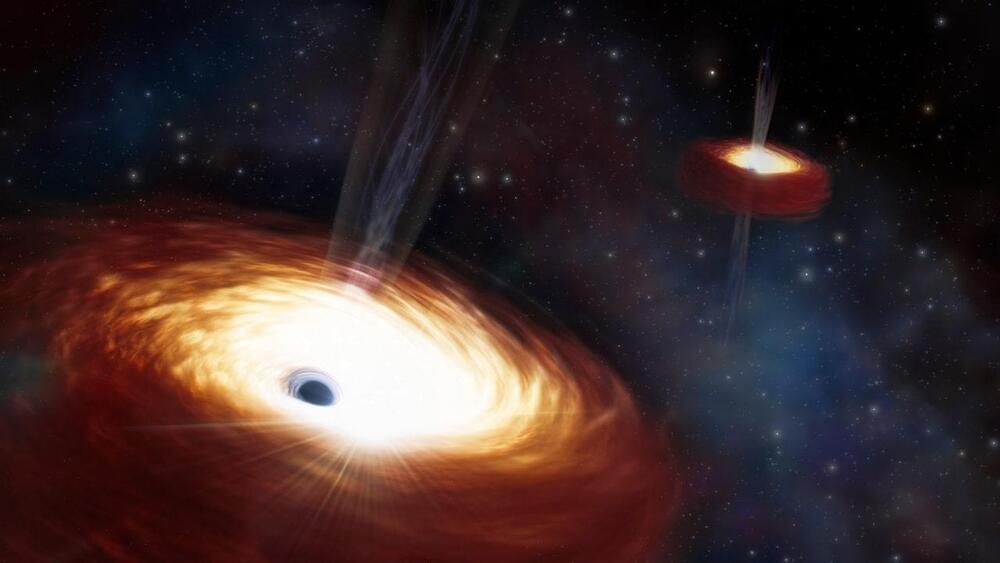


What makes PSR J1748–2446 famous for its weirdness? Easy. It is the celestial object that spins the fastest in the universe. It’s also a star whose surface is not just solid, but harder than a diamond. Compared to lead, its density is 50 trillion times higher. Compared to our Sun, its magnetic field sizzles a trillion times more intensely. It is, in essence, the most extreme form of neutron star.
When a heavy sun explodes in a supernova, the core of the sun, which has the mass of several million Earths, collapses into a tiny sphere and the rest of the sun shoots outward. This is how neutron stars are created. When this occurs, the inverse-square law of gravity goes into its demo-mode with a vengeance.
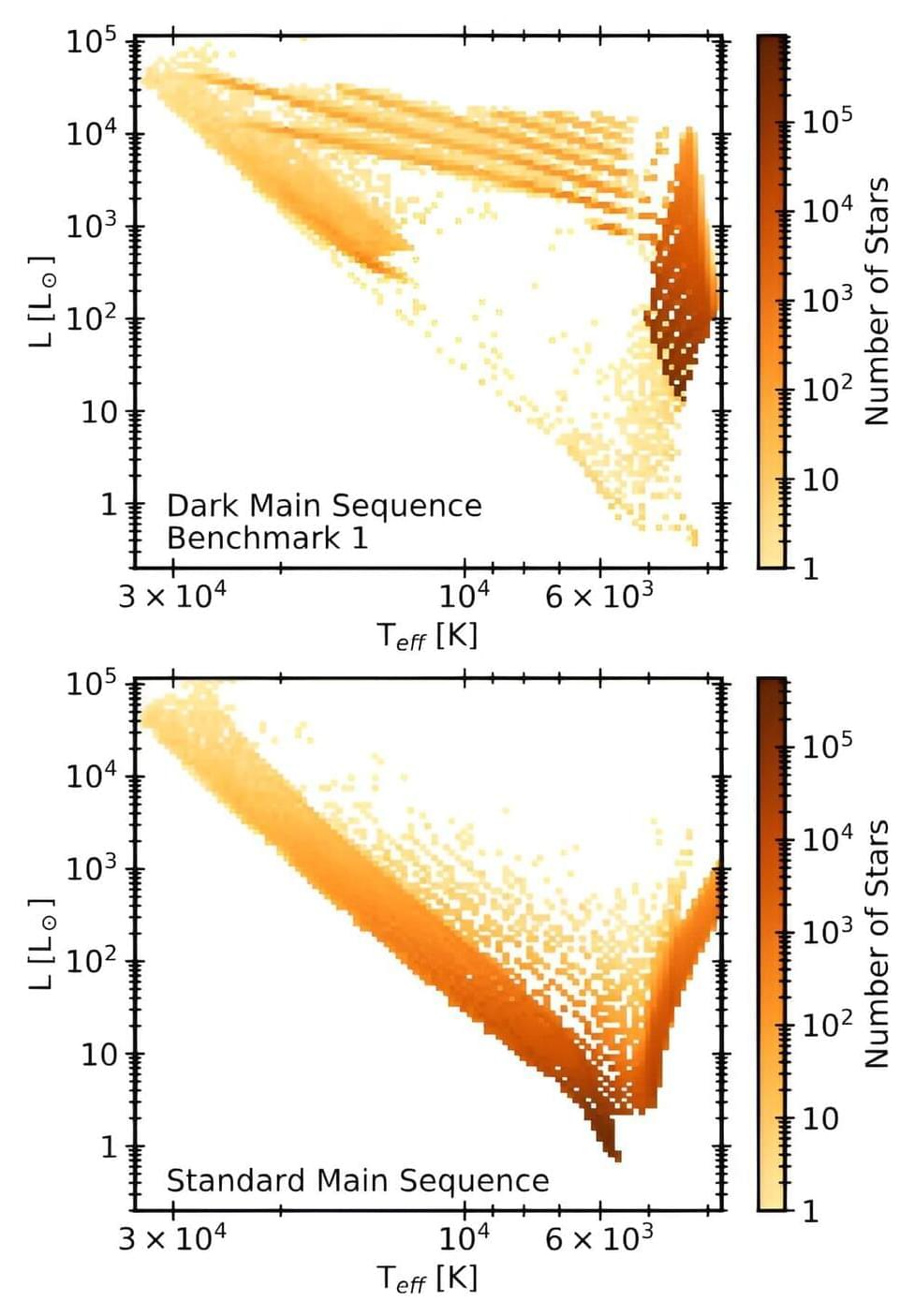
They calculated stellar populations without and with the presence of dark matter. With dark matter, more massive stars experienced a lower dark matter density, and hydrogen in their core fused more slowly and their evolution was slowed down. But stars in a higher dark matter density region were changed significantly—they maintained equilibrium through dark matter burning with less fusion or no fusion, which led to a new stellar population in an HR region above the main sequence.
“Our simulations show that stars can survive on dark matter as a fuel alone,” said lead co-author Isabelle John from Stockholm University, “and because there is an extremely large amount of dark matter near the Galactic Center, these stars become immortal,” staying forever young, occupying a new, distinct, observable region of the HR diagram.
Their dark matter model may be able to explain more of the known mysteries. “For lighter stars, we see in our simulations that they become very puffy and might even lose parts of their outer layers,” said John. She noted that “something similar to this might be observed at the Galactic Center: the so-called G-objects, which might be star-like, but with a gas cloud around them.”


🌌🔭 The Chandra X-ray Observatory has been unveiling the mysteries of the universe for 25 years! Discover how its X-ray data helps scientists study black holes, supernovae, and the formation of galaxies. Learn about the incredible insights gained and what the future holds for X-ray astronomy. #SpaceResearch #BlackHoles #Chandra
NASA’s Chandra X-ray Observatory detects X-ray emissions from astronomical events.

Transferring information from one location to another without transmitting any particles or energy seems to run counter to everything we’ve learned in the history of physics.
Yet there is some solid reasoning that this ‘counterfactual communication’ might not only be plausible, but depending on how it works could reveal fundamental aspects of reality that have so far been hidden from view.
Counterfactual physics isn’t a new thing in itself, describing a way of deducing activity by an absence of something. In one sense, it’s pretty straight forward. If your dog barks at strangers, and you hear silence when the front door opens, you’ve received information that says a familiar person has entered your house in spite of the absence of sound.
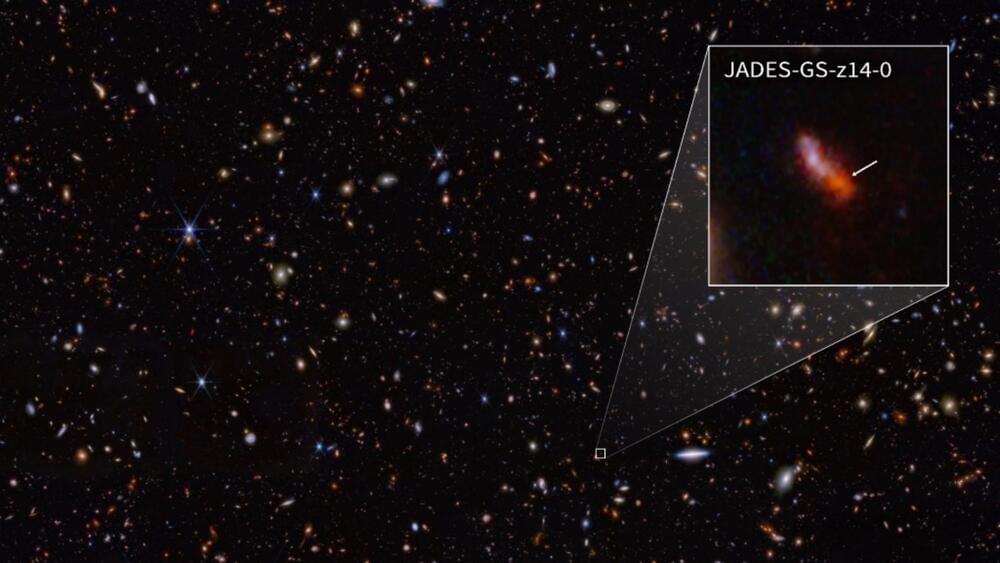
Link :
The JWST Advanced Deep Extragalactic Survey (JADES) program led to the discovery of this new galaxy dubbed JADES-GS-z14-0.
“The instruments on Webb were designed to find and understand the earliest galaxies, and in the first year of observations as part of the JWST Advanced Deep Extragalactic Survey (JADES), we found many hundreds of candidate galaxies from the first 650 million years after the big bang,” said Stefano Carniani from Scuola Normale Superiore in Pisa, Italy.
They stumbled across this exceptional galaxy in October 2023 while scouring through the vast pool of JADES program data.
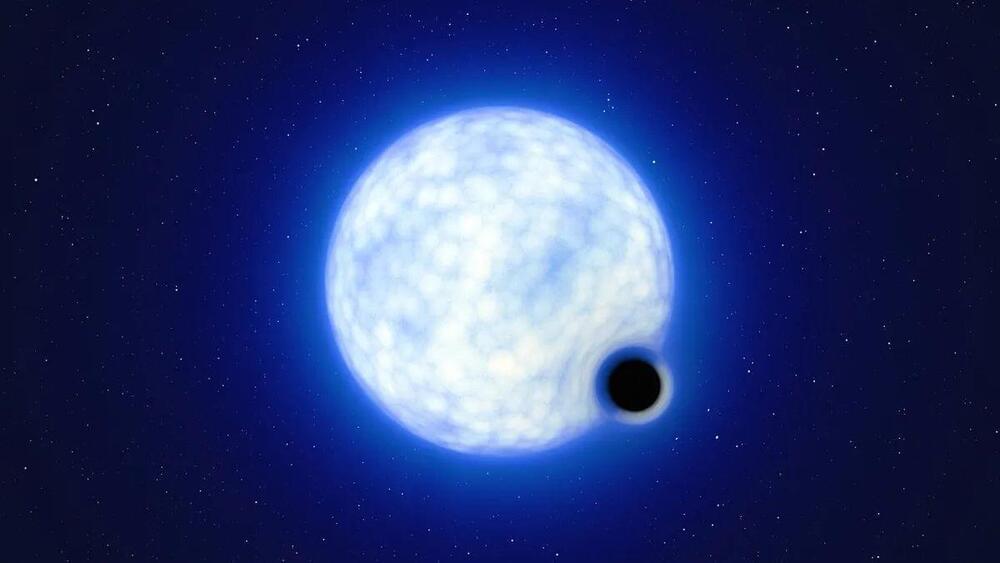
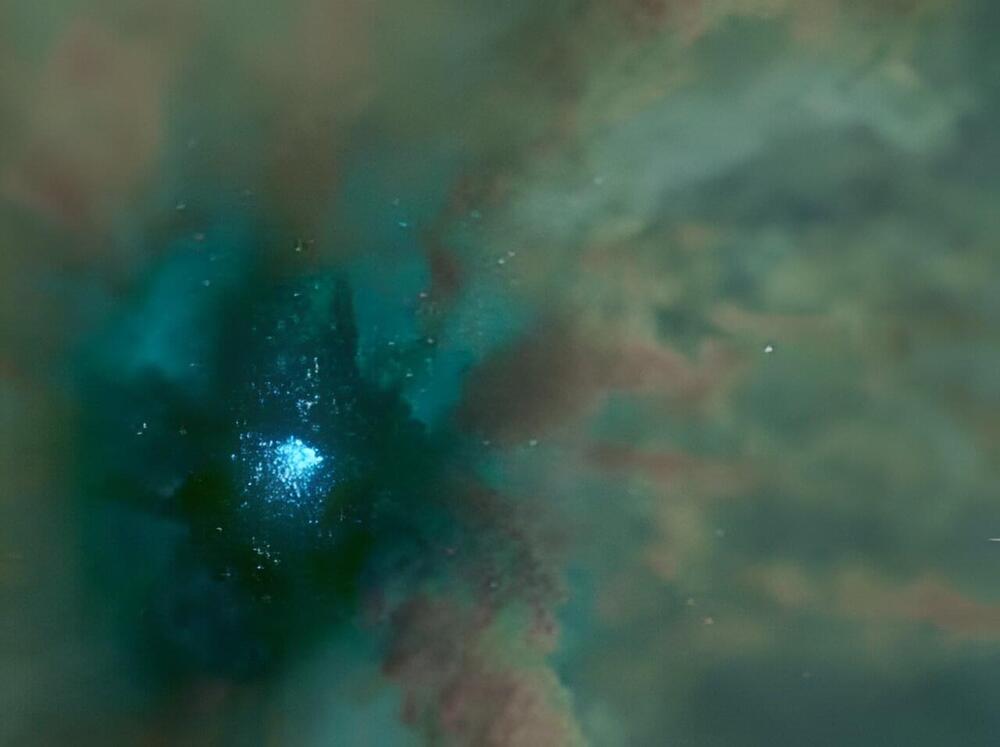

Fewer miniature black holes found:
Researchers at the University of Tokyo have found that the universe contains far fewer miniature black holes than previously thought, potentially shaking up current theories about dark matter.
Using advanced quantum field theory, typically reserved for subatomic particles, they applied this understanding to the early universe. They discovered new insights into primordial black holes (PBHs), which have been a strong contender for dark matter. Upcoming observations could soon confirm their surprising findings.